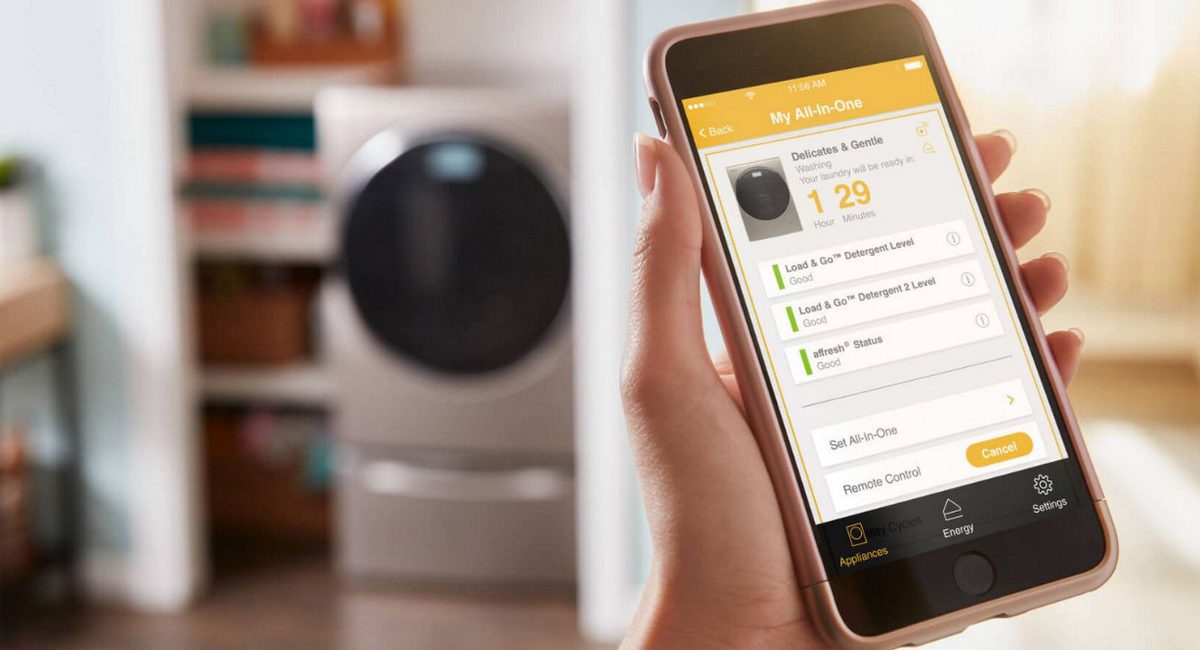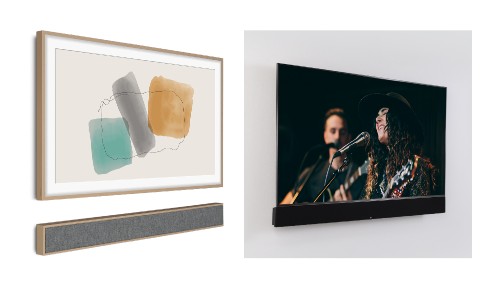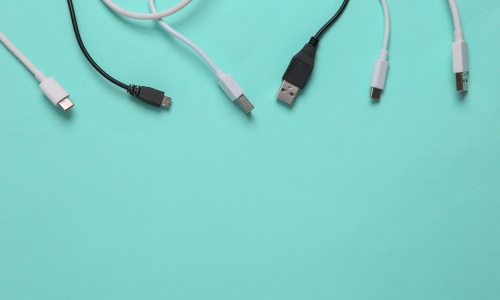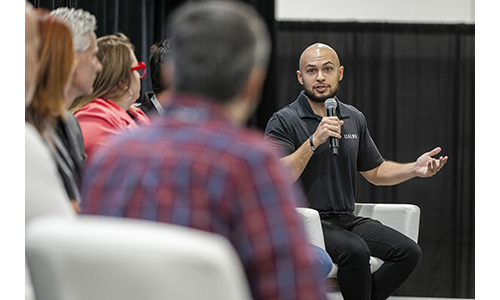Good news CE pros: smart appliances are on the rise, and they might be the perfect thing to start pitching to homeowners! In the wake of CES, the Kitchen & Bath Industry Show (KBIS), and the International Builder's Show (IBS), Futuresource Consulting reports a significant boost in consumer interest in smart appliances when compared to a few years ago.
According to Futuresource Consulting, the smart appliances category is forecasted to grow at 36 percent (CAGR) out to 2023. The company also says smart appliances are now the fastest growing segment in laundry and refrigeration.
Prior to 2017, connectivity was the stronghold of premium devices from companies like Samsung, LG and Miele. As smart laundry and refrigeration models begin to filter down to mid-range brands, this has further reinforced the positive outlook for connected major appliances.
Overall shipments of total laundry and refrigeration appliances grew by just under 2 percent globally last year, which is the lowest growth rate posted in the past five years. 2019 is expected to be another lackluster year, with minimal global growth and volume declines in several key markets.
“Smart appliances are the rising stars, taking a larger share of the laundry and refrigeration market every year,” says Filipe Oliveira, market analyst at Futuresource Consulting.
“China is at the forefront of this wave of smart appliance adoption, and our forecasts indicate that 19 percent of all appliances shipped in China this year will have Wi-Fi connectivity. In comparison, Japan, North America and Western Europe should all end 2019 at between five and seven percent of sales.
“In these regions, there has been a slower than expected roll out of smart technology due to tariffs and, in some markets, economic slowdown.”
Amazon Alexa and Google Assistant Help Drive Growth
While voice assistants like Amazon Alexa and Google Assistant have found success in residential home automation, voice integration into appliances has had a relatively slow start.
The category is just now beginning to gain traction, with a range of vendors now offering Alexa and Google Assistant compatibility. This includes the likes of LG, GE, and Whirlpool.
However, appliance companies should be careful to select only the most desired features.
For example, even though external embedded displays on smart fridges are an eye-catching feature, recent consumer research carried out across the UK, France, Germany, and the USA shows that information and entertainment is the least valued use case by consumers, and the only feature to receive negative comments in the survey.
Read Next: Coolest Smart Kitchen Technology From CES, KBIS, IBS
“The higher price points that smart appliances attract are a welcome addition to the market,” says Oliveira. “They lend their weight to stronger value growth, which reached nearly 3 percet last year, also helped along by large capacity washing machines and multiple door fridge-freezers.
“Despite the current soft market conditions, our forecasts indicate growth of 3.6 percent CAGR until 2023 in volume terms, with value expected to achieve 4.4 percent CAGR.”
“Longer term, smart appliances can transform manufacturers into service providers, providing a lucrative additional revenue stream,” says Oliveira.
“New business models will generate more value through diagnostics and maintenance, consumables and experiential applications.
Oliveira continues, saying:
“Opportunities include informing owners if any parts need repair or replacement. Although this could delay obsolescence, it will align with the sustainability concerns of consumers and have a positive impact on brand loyalty, as well as increasing maintenance revenue. For consumables, it could mean monitoring the automatic detergent dispenser and generating new orders when the machine is running low on laundry detergent and fabric softener. In refrigeration, the possibilities are even wider, given the number of consumables stored in a fridge.
“Taking this a step further, smart appliances can provide ideas to enhance their use and create new experiences. Smart refrigerators can suggest recipes that use ingredients available in the fridge, whereas washing machines can match the washing program with fabric type and help with fabric care. Opportunities are beginning to stretch far beyond the initial sale. As the upward adoption curve continues, vendors will begin to reap the rewards.”
If you enjoyed this article and want to receive more valuable industry content like this, click here to sign up for our digital newsletters!














